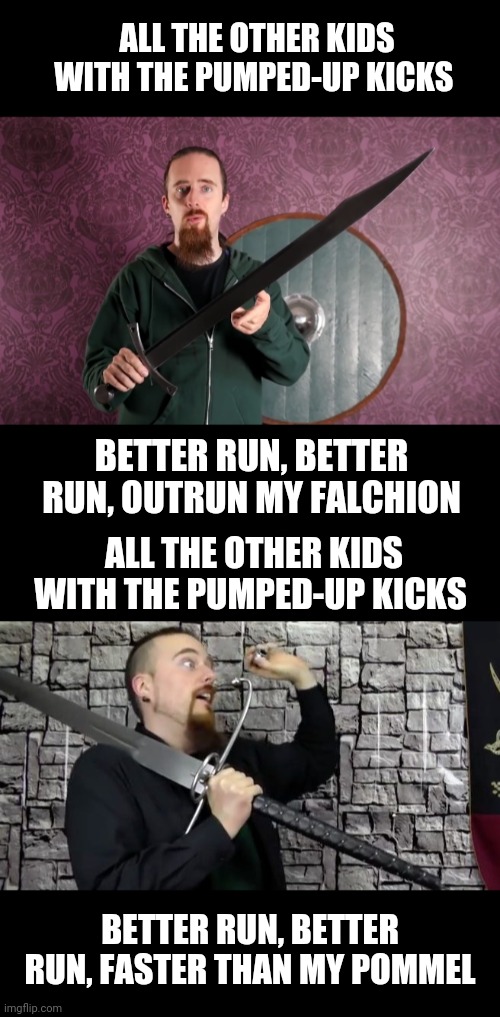

That's everything we measure a modern thread by. A screw's thread is defined by it's diameter, pitch, handedness, taper, and a few other criteria. When screws are inserted into metal their threads must be fairly accurate in order to fit properly into the receiving threads." This tells us that the most basic equipment was around to make threads that fitted well enough between two mating parts. This link, mentions screws being used in the 16th century, which is interesting since it states that," Screws were also widely used in assembly armor. However with the technology developments during the 15th century, I feel that this shows that mating threads were around. Most notably firearms, Eli Whitney's attempts at standardizing parts which nowadays is required for mass production along with other technological gains directly related to arms production, such as nuclear power and so on. Modern history is full of designs and other technological leaps that were due to weapons. To that I'll speak about and my own thoughts on Medieval threaded pommels and what the manuscript tells about during this time period.Īs stated in the video, threads weren't common until a century after the manuscript was written. I do however know a little about machine tool and threads in general.

I'm by no means an expert, I don't think Skallagrim is either, however his knowledge and experiences with swords probably dwarfs my own. Now I'm not going to get into using this technique but rather go into threaded pommels in general. It intrigued me and my mind started to wonder about how this source material reflects threads and sword making. After watching Skallagrim's video titled, "End Him Rightly" - A bizarre tactic in a Medieval fighting manual (Gladiatoria MS KK5013), found here.


 0 kommentar(er)
0 kommentar(er)
